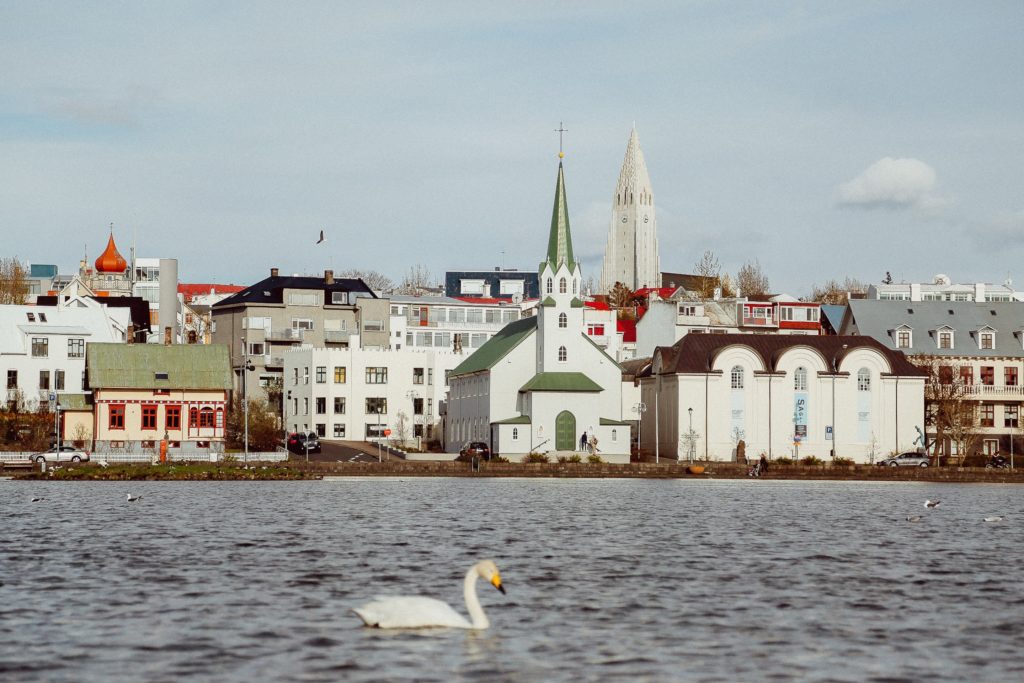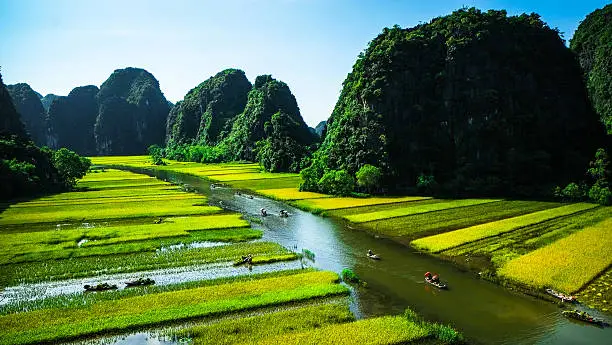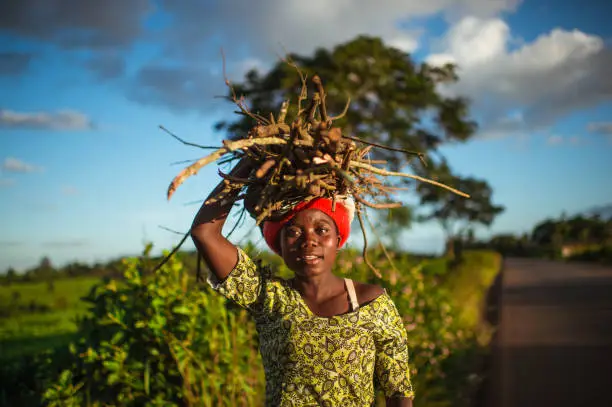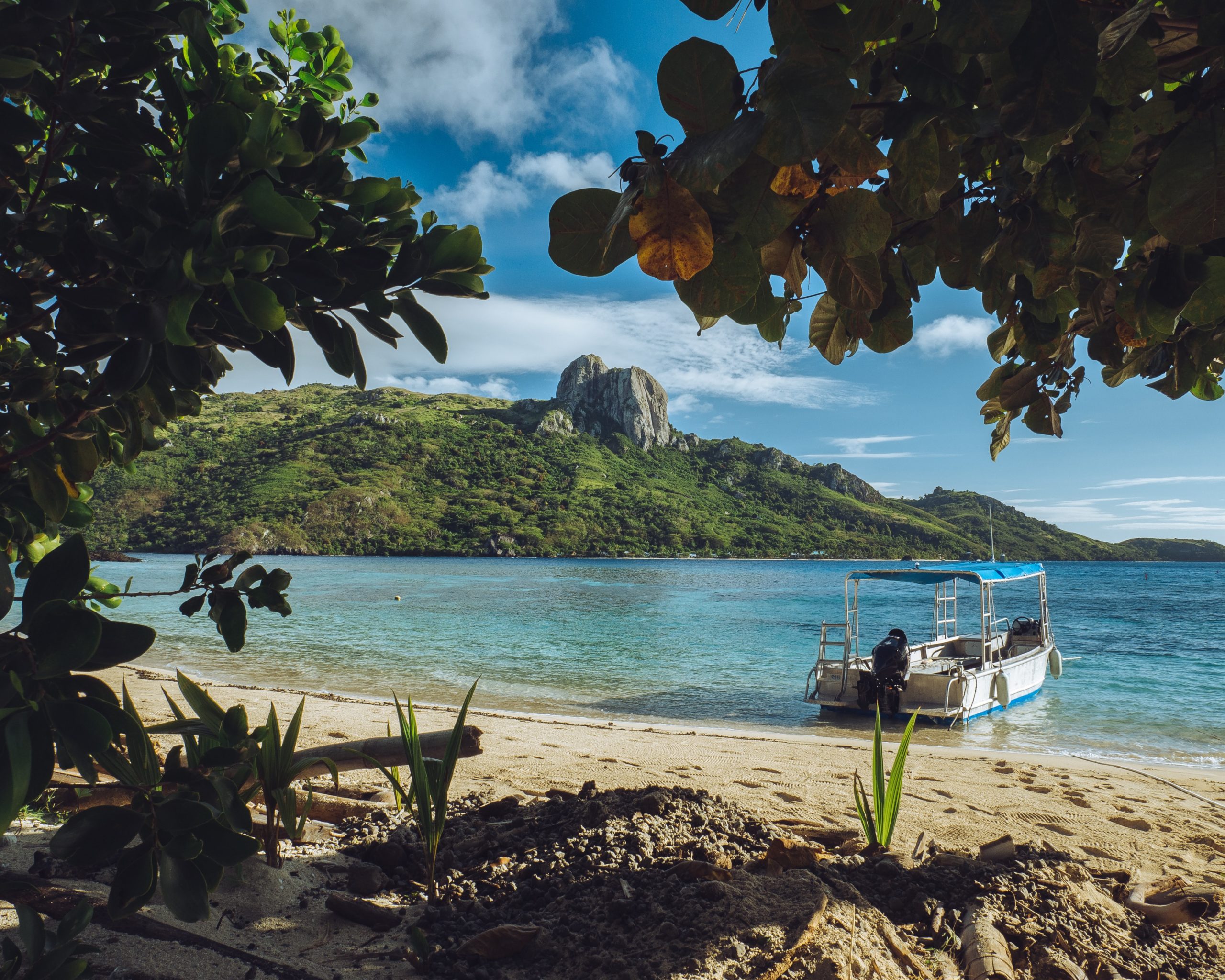Iceland is an island nation in the North Atlantic Ocean with a total area of about 40,000 square miles. Iceland is the least populous nation in all of Europe, with only roughly 359,000 people. Reykjavik, the nation’s largest city and capital, is home to the majority of its citizens. Iceland is a volcanically and geologically active island, and its interior is made up of mountains, lava fields, and glaciers. Tourism, fishing, hydropower generation, agriculture, and manufacturing are a few of Iceland’s key industries.

Understanding Iceland’s economy
Iceland’s economy is small and prone to great instability. It can be characterized as a mixed economy, containing aspects of both free commerce and governmental intervention. The GDP of the nation was $12 billion in 2011, but by 2017 it had more than quadrupled to US$24 billion. Like most nations, Iceland experienced a financial crisis from 2008 to 2010, which caused a decrease in GDP and the employment rate. However, the 2010 travel guide aided in reserving this circumstance. Iceland’s economy is slowing down after a period of strong expansion. The economy is anticipated to continue expanding despite the moderate growth as new industries develop in the nation.
Below are some leading industries;
Tourism industry
The recovery of Iceland’s economy from the 2008–2010 global financial crisis was significantly aided by tourism. The 2010 tourism boom persisted throughout the subsequent years, contributing more than 10% of the GDP in 2017. The economic importance of the tourism sector has increased significantly, and the number of visitors to the nation has grown as well, topping 2 million in 2017. This sector contributes around 42% of all export earnings (2017). 42% of all visitors to Iceland arrive during the summer (June to August), with the bulk coming from South and Central Europe. The Capital Region, Strokkur Geyser, Vik, Blue Lagoon, and Skogar are some of Iceland’s most popular tourist attractions. The tourism sector employed over 27,000 people in October 2014.
Agriculture industry
Agriculture, forestry, and fishing were Iceland’s main businesses for centuries. Around 80% of Icelanders relied on agriculture in the 19th century for both food and money. However, the percentage of people who are farmers has steadily decreased over time, now making up only approximately 5% of the population. The figures are anticipated to keep declining as other sectors like manufacturing and tourism continue to expand. In Iceland, arable land is a precious natural resource. But the country’s predominantly rocky and hilly landscape severely restricts the amount of arable land that may be grown. The majority of Iceland’s arable land is restricted to the lowland regions, making up just 1.2% of the country’s total area. Among the food crops planted there are bananas, potatoes, cabbage, turnips, carrots, and kale. Farmers in Iceland are raising an increasingly large variety of animals, including goats, sheep, and cattle.
Fishery industry
When compared to tourism, Iceland’s economy used to depend most heavily on fishing, which contributed roughly 27% of the country’s GDP in 2011. The industry employs around 5% of all workers, of which 4,900 work in fishing and another 4,000 in fish processing, according to the labor department. However, it is predicted that 25,000 people, or 20% of the labor force, rely on the fishing industry and related industries. The majority of jobs are offered by businesses that produce fishing equipment or those that handle maritime products. Importantly, Iceland is one of the North East Pacific’s major fishing nations (second after Norway). Cod is the most significant fish harvested in Iceland, with an annual average catch of 150,000 tons.
Manufacturing industry
Iceland’s manufacturing sector is expanding, largely due to the production of hydropower. It produces the most electricity per capita on the entire planet. Because hydroelectric and geothermal energy sources are widely accessible, electrical power is abundant. The primary source of industrial and residential electricity in the nation is hydropower, which has significantly contributed to the expansion and improvement of the manufacturing sector. The power-intensive businesses that primarily create goods for export make up the bulk of the manufacturing sector. A whopping 35% of all export goods are produced, up from 22% in 1997 and a 13% increase.





